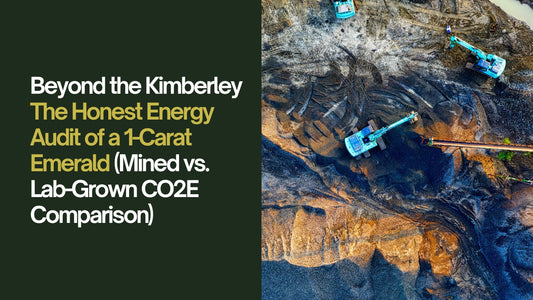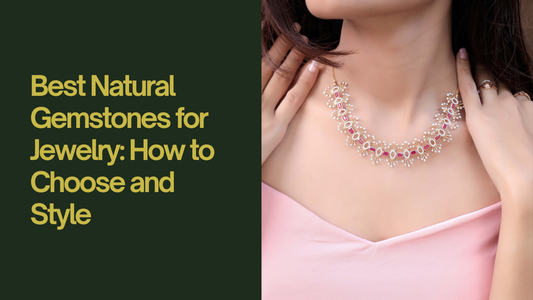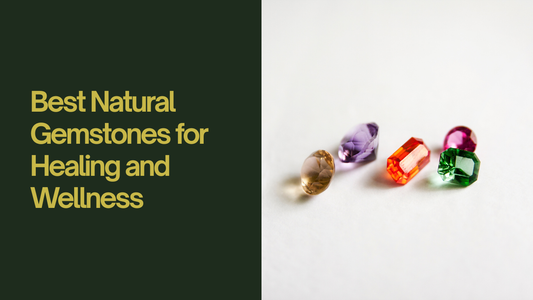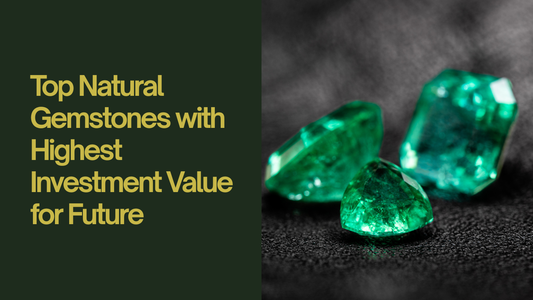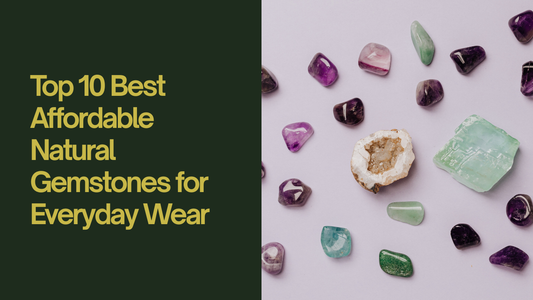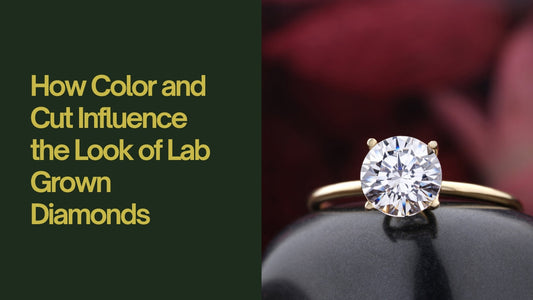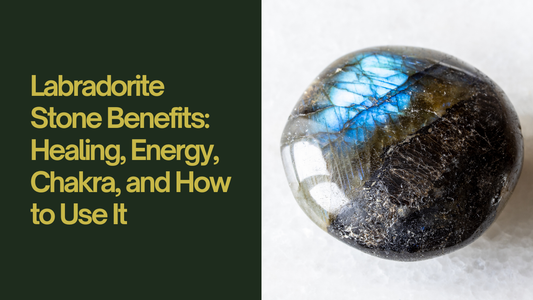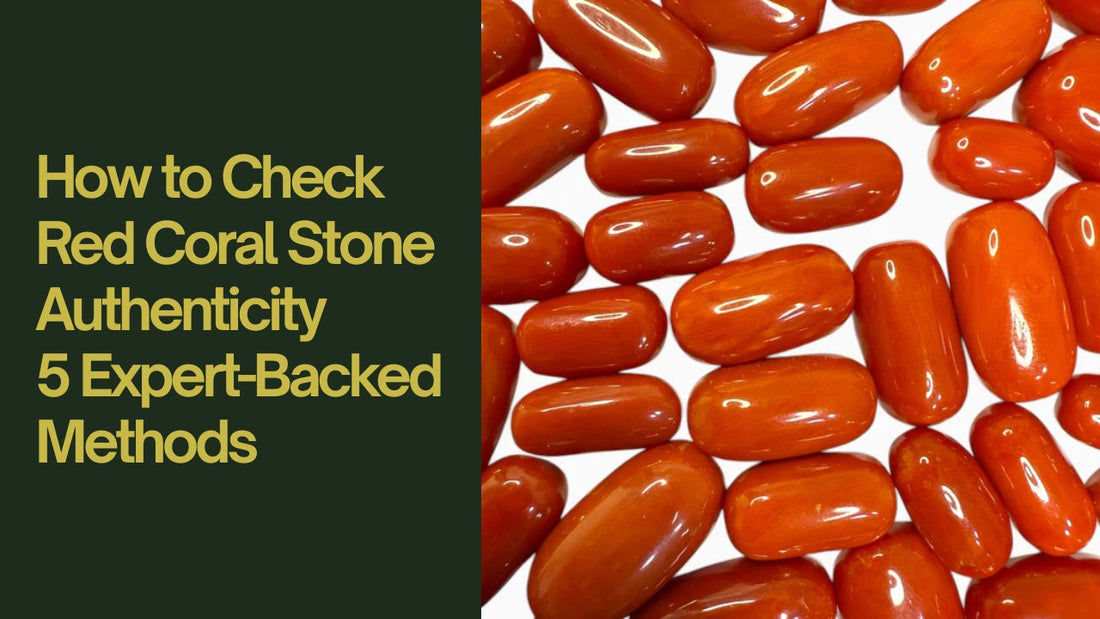
How to Check Red Coral Stone Authenticity: 5 Expert-Backed Methods
Red Coral Stone (also called Moonga) is a beautiful and powerful gemstone used in jewelry and astrology. But fake coral stones are everywhere! How can you tell if your Red Coral is real or fake?
In this easy guide, you’ll learn 5 simple ways to check Red Coral Stone authenticity—no fancy tools needed! Let’s begin.
🔴 Top 3 Quick Tests to Check Real Red Coral (For Fast Verification)
Before we dive deep, here are the fastest ways to check if your Red Coral is real:
-
The Water Test – Real coral sinks, fake floats.
-
The Heat Test – Real coral won’t melt or smell like plastic.
-
The Magnification Test – Real coral has natural grooves, fake looks too smooth.
-
The Vinegar Test (Checking for Dyed Stone)
-
The Weight & Temperature Test (Professional Trick)
Now, let’s explore all 5 methods in detail!
Method 1: The Water Test (Easiest for Beginners)
How it works:
- Fill a glass with water.
- Drop the coral stone inside.
✅ Real Red Coral: Sinks quickly (because it’s dense).
❌ Fake Coral: Floats or sinks very slowly (usually plastic or resin).
Example:
-
If your coral jewelry floats like a toy, it’s likely fake!
Method 2: The Heat Test (Best for Detecting Plastic Fakes)
How it works:
- Use a lighter or hot needle.
- Gently touch the stone for 1-2 seconds.
✅ Real Red Coral: No smell, may get warm but won’t melt.
❌ Fake Coral: Smells like burning plastic, melts, or changes shape.
⚠️ Warning: Don’t overheat—real coral can get damaged!
Method 3: The Magnification Test (Finding Natural Imperfections)
Use a magnifying glass or phone zoom.
✅ Real Red Coral:
- Tiny grooves, cracks, or uneven color (natural texture).
- Looks like tree rings under light.
❌ Fake Coral:
- Too smooth, perfect color (like painted plastic).
- No natural patterns.
Example:
-
Real coral looks like wood grain, fake looks like plastic toys.
Method 4: The Vinegar Test (Checking for Dyed Stone)
How it works:
-
Dip coral in white vinegar for 5 minutes.
✅ Real Red Coral: No color change.
❌ Fake Coral: Color fades or bleeds (dyed stone).
⚠️ Note: Don’t soak too long—real coral can get damaged!
Method 5: The Weight & Temperature Test (Professional Trick)
✅ Real Red Coral:
- Feels heavy for its size.
- Stays cool to touch (like glass).
❌ Fake Coral:
- Feels light (like plastic).
- Warms up quickly in hand.
Example:
-
Compare with a known real coral—same size should feel similar in weight.
❌ 3 Common Fake Red Coral Types (Avoid These!)
- Plastic/Resin Coral – Too light, melts with heat.
- Dyed Howlite/Marble – Color rubs off with vinegar.
- Glass Coral – Too smooth, no natural texture.
💡 Bonus: Where to Buy Real Red Coral?
- Certified jewelers (ask for a gem lab report).
- Reputable online stores (check reviews).
- Astrological gem dealers (with authenticity guarantee).
Final Answer: How to Check Red Coral Stone Like a Pro?
Use at least 2-3 tests from this guide. If your stone passes:
✔ Sinks in water
✔ No plastic smell when heated
✔ Shows natural texture under magnification
✔ Doesn’t bleed color in vinegar
✔ Feels heavy & cold
Then congratulations—you have REAL Red Coral! 🎉
FAQs (People Also Ask)
Q: Can real Red Coral be fake?
A: Yes! Some sellers dye low-quality coral—always do multiple tests.
Q: Does real coral glow under UV light?
A: No, glowing coral is usually fake (plastic/resin).
Q: How much does real Red Coral cost?
A: From $50 to $500+ depending on size and quality.
📌 Conclusion
Now you know how to check Red Coral Stone authenticity like an expert! Always test before buying.
Did you find this helpful? Share with friends who love gemstones! 💎

